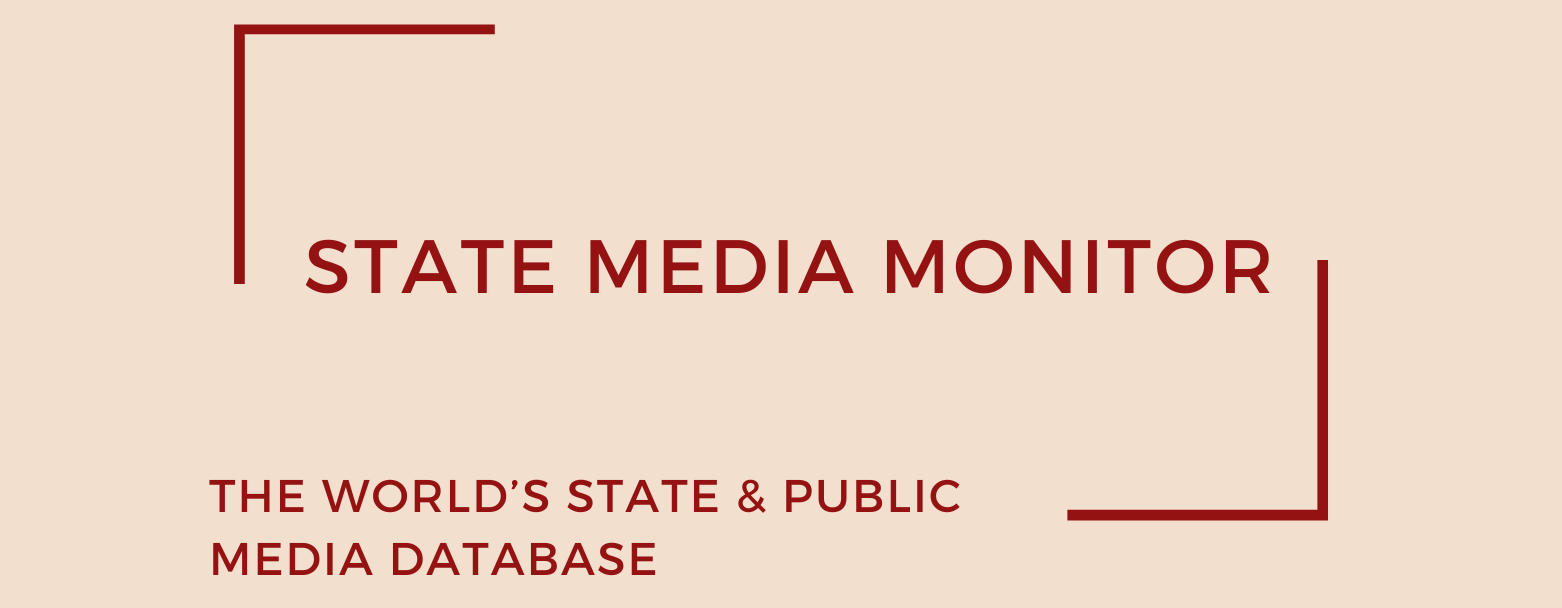Xinhua
Since its founding in 1931, Xinhua News Agency (新华社 ‟New China News Agency”) has grown into the world’s largest and most influential state-run media organization. The agency boasts an extensive digital ecosystem across multiple platforms, publishes in over ten languages, and produces more than 30 print titles, spanning newspapers and magazines. It also launched CNC World—a round‑the‑clock television channel—in 2010, which remains part of its broad media portfolio.
Media assets
News agency: Xinhua
Publishing: Reference News (Cānkǎo Xiāoxī)
Television: CNC World
State Media Matrix Typology
Ownership and governance
Operating at ministry level, Xinhua is directly answerable to the State Council of the People’s Republic of China, and along with People’s Daily, occupies the upper echelon of Chinese media authority. Its headquarters are strategically located in Beijing near Zhongnanhai, underscoring its close alignment with central government leadership.
At the helm since June 2022 is Fu Hua, who serves as both President and CCP Committee Secretary of Xinhua. A member of the CCP’s 20th Central Committee, Fu Hua exemplifies the tradition of high-ranking Party officialdom steering the agency’s course.
Source of funding and budget
Xinhua is fully funded by the Chinese government and appears as a line item within the central state budget, making the government its sole financial backbone. Reporting from 2024 indicates a budget of CNY 6.17 billion (circa US$877 million), with about 60% of funding coming from state appropriations and the rest from business income. Full breakdown details in current budgets are typically published via the National People’s Congress sessions, often released by Xinhua itself.
Editorial independence
Xinhua holds exclusive rights to report on critical developments involving the CCP and state organs. It’s widely regarded as the government’s voice, delivering official content under strict editorial directives. It also produces specialized publications distributed to party and government officials: for example, Reference News, which translates and compiles global sources and is personally delivered by correspondents, and more highly classified internal reports reserved for top-tier officials.
There’s no independent framework or oversight body to assess Xinhua’s editorial independence, positioning it squarely as the most powerful propaganda apparatus in China—serving Party messaging rather than maintaining journalistic autonomy.
July 2025
Citation (cite the article/profile as part of):
Dragomir, M. (2025). State Media Monitor Global Dataset 2025.
Media and Journalism Research Center (MJRC).
Zenodo.
https://doi.org/10.5281/zenodo.17219015
This article/profile is part of the State Media Monitor Global Dataset 2025, a continuously updated dataset published by the Media and Journalism Research Center (MJRC).
